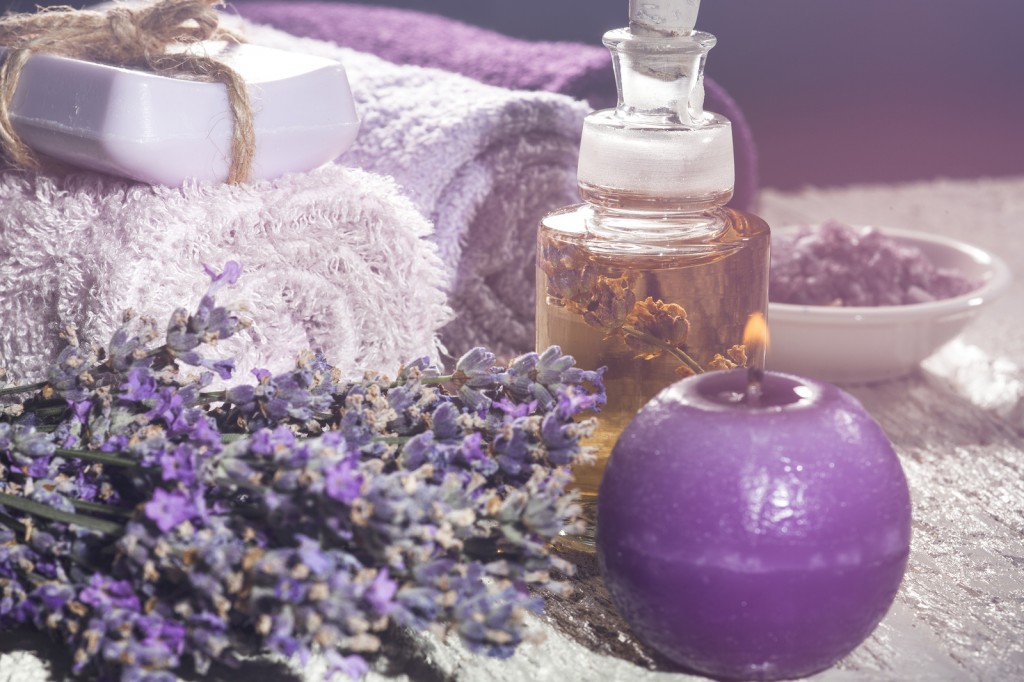- Make It Yourself Lavender Heart-Shaped Bath Bombs!
- 20 Things You Never Knew About “Down There”
- 12 Best Foods For Those Suffering From Arthritis Pain
- 12 Personal Hygiene Mistakes Almost Everyone Makes (Mom Never Told You About #4!)
- 15 Medicinal Plants And Herbs From The Cherokee People
- 12 Mind-Blowing Benefits Of Drinking Coconut Water During Pregnancy
- 12 Outstanding Winter Foods That Won’t Fatten You Up Like A Christmas Turkey
Exploring Aromatherapy And How You Can Use It To Heal

Photo credit: bigstock.com
It can be difficult in today’s world to figure out what is truth and what isn’t. There are so many avenues presented to us to allow us to heal naturally, whether that be mentally, physically, or spiritually. Although a trip to your physician is obviously one of the first things that comes to mind when it comes to understanding what your symptoms mean, and how to treat them. However, there is something empowering about using alternative methods that people have been using for centuries. Long before people popped a pill to feel better, there was something called aromatherapy.
The National Association of Holistic Aromatherapy states that aromatherapy is the science and art of using naturally extracted aromatic essences from plants, flowers, barks, and seeds to balance, harmonize and encourage the health of the body, mind and spirit. The idea about using the essential oils from plants is an ancient one whose intention is to heal. These essential oils can be extracted from a variety of things including roots, leaves, seeds, barks, herbs, or flowers.
While scientific data is hard to find regarding the correlation between the prevention of disease or for treating illness, there are a wide variety of studies which have found that aroma therapy is an effective method for treating many health issues including infection and stress.
Essential oils have been used for at least 6,000 years for healing by numerous cultures. The ancient Indians, Greeks, Romans, Chinese, and Egyptians used these oils regularly for hygienic, ritualistic, therapeutic, and spiritual practices, as well as cosmetics and perfumes.
Perhaps one of the best known stories about the healing power of aromatherapy comes to us from France. Chemist Rene Maurice Gattefosse discovered that after he burned his hand working in his lab, it was lavender oil which provided the healing compounds that healed his hand. This caused the French chemist to go on to uncover how the chemical attributes of essential oils work for the treatment of skin infections, gangrene, wounds, and, of course, burns. Gattefosse founded the science of aromatherapy in 1928 and by the 1950’s, there were a variety of healthcare professionals who were taking advantage of aromatherapy. So, if anyone tries to tell you that aromatherapy is “new age” crap, you can educate them on the true history of this healing art.
Continue to Page 2

Photo credit: bigstock.com
How exactly does aromatherapy work?
Experts already know that certain smells can stimulate the release of neurochemicals in the brain, such as serotonin. Aromatherapy works much in the same way, by stimulating the parts of the brain called the hippocampus and amygdala, which is the part of the brain that holds your memories and emotions. When you breathe in essential oil molecules, it is thought that these parts of your brain are affected on several levels including mental, emotional, and physical.
In one study, it was found that citrus fragrance causes people to lower the doses of antidepressants that they needed to help beat their depression. Using the fragrance of citrus fruits normalized neuroendocrine hormone levels, as well as immune function. This was more effective than antidepressants alone. Still another study found that hospice patients with cancer had positive changes in their pulse rate, blood pressure, anxiety, depression, and their overall health after being exposed to humidified lavender essential oil.
When you inhale essential oils, many pathways and systems in the body can be affected. For example, when inhaled through the nose, these airborne molecules come into contact with both the olfactory system and the brain. When inhaled through the mouth, these scents go to the lungs and circulate through the respiratory system. The journal Phytomedicine published a study which found that when rat subjects inhaled lavender essential oil for one hour daily, rats who had dementia had a prevention of oxidative stress in the brain. Essential oils can be used in many ways including room diffusers, room sprays, aroma lamps, and steam inhalers.
READ ALSO: Huge List Of Essential Oils And Their Uses (You Will Want To Print This!)
Essential oils can also be applied to the skin, where you can inhale the scent as well as being absorbed by the skin. If you should use essential oils on your skin, you should massage it in well to increase the circulation in the area where you have applied the oil. Applying heat will also help with the body absorb the oils.
There are a wide variety of essential oils, one for almost every health problem known to mankind. Before you dismiss them as nothing more than a pretty smell, try them! You may be surprised at just how much healing power these oils contain.
References:
































